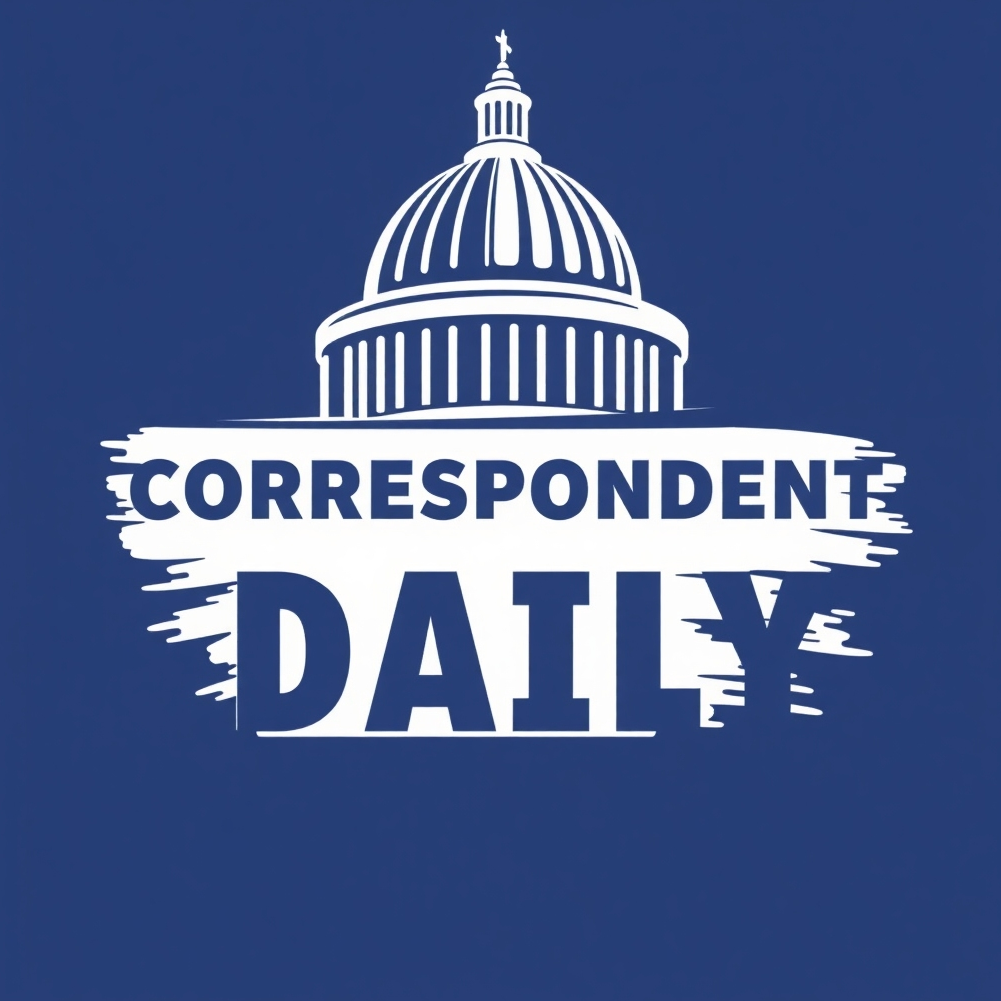
Signals in the Job Market: A Cautionary Tale
The US job market is showing clear signs of a potential slowdown, raising concerns among investors and job seekers alike. Recent data indicates a stagnation in hiring alongside an alarming uptick in firings. With the unemployment rate still somewhat stable at approximately 4.3%, the underlying trends suggest that we may be on the brink of significant shifts in the labor market.
Falling Job Openings: The Start of a Decline?
One of the first warning signs emerged in September, with job openings plunging to 17 million—down 17.2% year-on-year. Revelio Labs reported that these figures represent the lowest level of job postings in over three years, with the sharpest declines in sectors such as professional services (31.4%) and the government sector (30.5%). This decline in available positions suggests that businesses are hesitant to take on new hires amid growing uncertainties.
Hiring Plans Hit a Record Low Since 2009
Adding to the concerning narrative, employers announced plans to hire only 204,939 workers during the first nine months of 2025. This is a staggering 58% drop compared to the same period last year, making it the lowest hiring forecast since 2009—a time when the economy was still grappling with the effects of the Great Recession. Companies noted their reluctance to commit to new hires largely stems from declining consumer confidence and economic pressures, including tariffs and inflation.
The Rising Tide of Job Cuts: Historical Comparisons
The pace of job cuts is also alarming, with announcements for layoffs reaching 946,426 jobs so far this year—the highest number during this timespan since 2020. Challenger, Gray & Christmas noted that this trend is likely to push job cuts beyond the one million mark for the first time since the early pandemic days. Historically, similar spikes in layoffs have been linked to recessions or significant technological advancements that lead to job displacement as seen in the mid-2000s.
Market Response: Navigating Uncertainty
Investors and market analysts are caught in a delicate balancing act. On one hand, there is a desire for indicators suggesting the need for rate cuts to boost economic activity. On the other hand, there is a pressing concern that a weakening labor market could tip the economy into recession. With the upcoming nonfarm payroll report likely delayed due to the government shutdown, analysts are turning their attention to private sector reports, further highlighting the current uncertainty in the job market.
What This Means for Businesses and Job Seekers
For small business owners and entrepreneurs, these trends pose several challenges. With hiring becoming more subdued and job openings dwindling, businesses must develop innovative strategies to attract and retain talent. Understanding economic conditions and adapting to them is crucial. Startups, for instance, may need to rethink their hiring budgets and explore alternative avenues for business growth amid a slower economic environment.
Future Predictions: What Lies Ahead?
Looking forward, experts suggest that job growth will remain weak, emphasizing the importance of being adaptable during these turbulent times. Companies may need to focus on skilling their existing employees rather than expanding their workforce. Furthermore, as the labor market adjusts, maintaining a flexible approach could provide businesses with the resilience required to weather potential economic storms.
Take Action to Prepare for Changes
In light of these slowdowns, it’s vital for individuals to remain proactive about their career paths. Whether it's honing skills or networking within their industry, taking proactive steps now can yield benefits in the face of uncertainty. The economic landscape may be shifting, but those who remain prepared can navigate through these changes more successfully.
In conclusion, while the US job market may show stable numbers overall, the emerging signs of decline warrant attention and responsiveness. Both employers and job seekers must remain vigilant and adaptive to these evolving market conditions.
 Add Row
Add Row  Add
Add 




Write A Comment